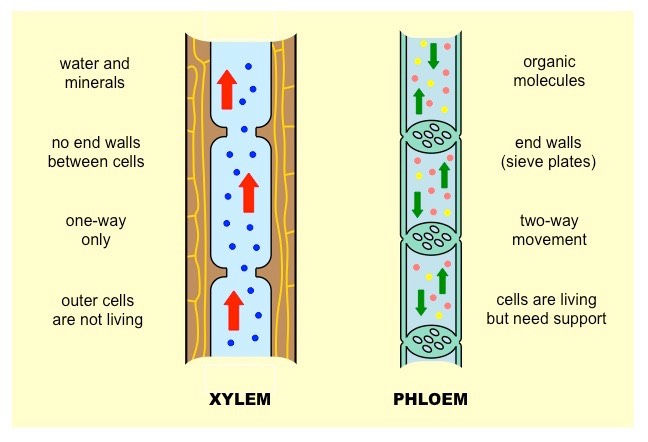Leafy Layers
- Cynthia He

- Jun 17, 2019
- 3 min read
Updated: Aug 12, 2019
Cynthia He, Botany
Leaf Skeletons- they can be made into bookmarks, earings, or as decoration. Generally, they are very appealing to the eye as they are both delicate and minimalist. To create the bookmark, you have to remove the fleshy parts of the leaf to reveal a beautiful skeleton. While the leaf flesh and skeleton may seem to be the only parts that you can see, leaves are more complex than meets the eye. The fleshy part is actually made up of several layers that all perform in important role.
The different leaf types and the leaf parts have been covered in a different post, so if you want to learn more about different leaves, go check it out!
Layers of a Leaf
Leaves are made up of several different layers. On the very outside of a leaf is a waxy and waterproof cuticle, which is not made of cells and covers all areas of the leaf exposed to air. The cuticle reduces the rate of transpiration because it is hydrophobic (non-polar and "afraid of water") and repels water from the surface of the leaf. In this way, the water stays inside the leaf because the cuticle prevents it from being exposed to the air outside.
The waxy leaf cuticle is secreted by the epidermis: a single layer of cells that are mostly transparent (allowing for the layers under to perform photosynthesis) and contains no chloroplasts. The epidermis is present all around the leaf, with the side of the leaf facing up (the adaxis/adaxial surface) called the upper epidermis, while the side facing down (the abaxis/abaxial surface) is called the lower epidermis. The role of the epidermis is to regulate gas exchange, so tiny openings in the leaf called stomata are located here.

Mostly located in the lower epidermis of leaves are stomata - openings in the leaf. They allow for gas exchange (O2 to CO2) and also causes plants to transpire (lose water to evaporation). Stomata can open and close with the help of two guard cells on each side. Even though guard cells are located in the epidermis, they do have chloroplasts, and are the only cells in the epidermis that do. The time the stomata opens and closes depends on the type of plant (C3, C4, or CAM), with the cause usually being to reduce transpiration.
Some leaves may have trichomes (hair or scale like extensions coming from the epidermis), giving them a fuzzy texture. They protect the plants from being eaten, as they can stop insects from moving as well as store toxic/unpleasant chemicals. There are also several shapes of trichomes (like cylindrical and conical, branched and multibranched), all of which have different functions for each plant.
Under the upper epidermis resides the mesophyll layer, a collection of palisade cells, and spongy cells (which are collectively called parenchymal cells) as well as veins. Contrary to the photo above, not all leaves have bundle-sheath cells. Only C4 plants have this adaptation because it separates the places in which photosynthesis occurs.

The palisade cells are elongated cells filled with chloroplasts that perform photosynthesis. The chloroplasts are green from the pigment chlorophyll a and auxiliary pigments chlorophyll b and carotenoids. The number of pigments allows for more light absorption. You typically only see the carotenoid pigment when deciduous plants stop producing chlorophyll during the fall, when the days are shortest, revealing beautiful shades of oranges, reds, and yellows.
Under the palisade layer are the loosely packed, irregularly shaped spongy cells that contain few chloroplasts, but seem to aid in temporary storage of sugar and amino acids created by the palisade cells. The spongy cells also release oxygen and water vapor into the space around it (“air space”) while picking up carbon dioxide during the day, aiding in gas exchange. The oxygen and water vapor are then eventually released to the outside by stomata.
The veins in the leaves are made up of xylem and phloem. A vascular bundle will always have both tissues. The xylem comes from the root system, carrying water and minerals (termed xylem sap) to the leaves. The phloem goes from the shoots system (the part of the plant above ground), which transports sugar (phloem sap) to the roots. You can remember their direction because xylems zip up while phloems flow down.
These veins are the branches seen in a leaf skeleton, and they are what remain when creating one. While the skeletons are are very stunning, they are also very essential to plants because they help transport necessities. The flesh, of course, is also very important to the leaf as well.
Now that you know both about the leaf skeleton and the leaf plant, learn to enjoy both when you pick up fresh leaves to make a leaf skeleton!
_________________________________________________________________________________________
Sources:






Comentarios